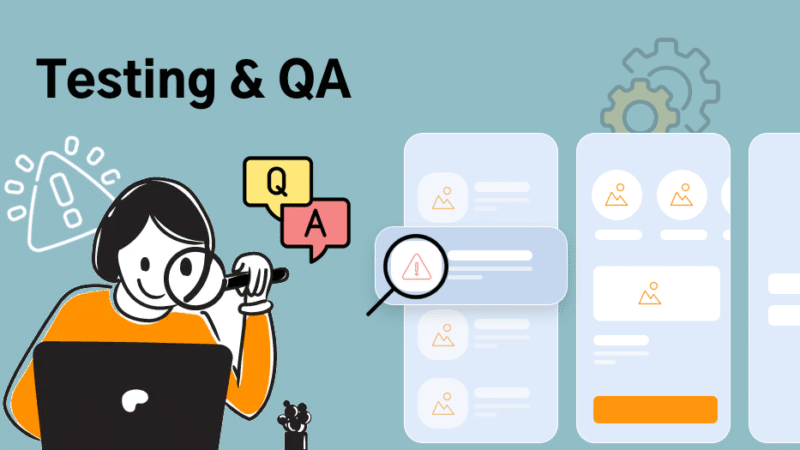Crafting Engaging Social Media Posts: A Step-by-Step Guide

Understanding your target audience and platform.
To do this, you must understand your audience. Who are they? What are their interests? Which platforms do they use most often? These questions will guide your choice of platforms. For instance, if you’re targeting professionals, you might focus on LinkedIn. However, if you’re reaching out to younger audiences, Instagram or Snapchat could be your best bet.
It will also help to understand their social media habits. Which platforms are most popular with your target audience? What kind of content has been trending among them? If you already have an established audience, you can even learn more about the day and times they’re most active on a particular platform, allowing you to tune in on the best times to post.
Start by identifying your target audience’s demographics, such as age, gender, location, and profession. This will help you tailor your content and messaging to resonate with them. In addition, gather information about their interests, pain points, and aspirations, which will enable you to create content that addresses their specific needs.
Crafting attention-grabbing headlines and visuals.
1. Capturing Attention: Visuals have the innate ability to grab attention and make your content stand out in a crowded feed. In a split second, an eye-catching image or an intriguing video thumbnail can entice users to stop scrolling and pay attention to your post. For example, imagine you are scrolling through your Instagram feed and come across a post featuring a stunning sunset photo. The vibrant colors and captivating composition immediately draw you in, prompting you to engage with the post by liking, commenting, or even sharing it. By using visually appealing content, you can effectively capture the attention of your target audience and increase the likelihood of them engaging with your posts.
Craft a concise and compelling headline that grabs attention and sparks curiosity. Your headline should be concise, clear, and aligned with your ad’s objective. Whether it’s emphasizing a unique selling proposition, posing a thought-provoking question, or offering a captivating statistic, the headline should entice users to read further and engage with your ad.
When it comes to creating attention-grabbing headlines, it’s important to consider different perspectives. From a psychological standpoint, using words that evoke curiosity, urgency, or emotions can be highly effective. For example, incorporating words like “secrets,” “unveiled,” or “exclusive” can pique the curiosity of readers and make them more likely to click on your post.
Utilizing storytelling techniques to engage users.
Humans are wired for stories. Stories evoke emotions, forge connections, and create a sense of relatability. Use storytelling techniques to weave narratives that resonate with your audience on a deeper level. When they connect with your story, engagement naturally follows.
Storytelling is important in media to connect with the audience and harness their attention for a prolonged period of time. An effective storytelling approach will turn them into frequent visitors to your social media handles and eventually into your followers.
Storytelling is one of the most captivating techniques to convey messages and information. If you want to be a true storyteller, create engaging stories that make people vigilant listeners. If utilized on social media, this can turn online audiences into your ardent followers.
Incorporating interactive elements for increased engagement.
Not only does interactive content increase audience engagement and brand awareness, but it also leaves a positive impression in the minds of people. This way, they remember your brand whenever they’re faced with a need that your product or service can solve.
The concept of Engagement Interactive Posts is pivotal in transforming the user experience. By enabling users to interact with your content – through quizzes, polls, clickable graphics, or even augmented reality experiences – you’re not just holding their attention; you’re engaging them in a dialogue.
4. Utilize Interactive Elements: Social media platforms offer various interactive features that can significantly enhance engagement. Incorporating elements such as polls, quizzes, contests, or interactive videos can encourage users to actively participate and share their opinions. This not only increases engagement but also helps foster a sense of community and connection with your brand. For example, a clothing brand could create a poll asking followers to vote on their favorite outfit from a new collection, sparking conversations and generating excitement.
Optimizing posting times and frequency.
Decide how often you’ll post on each platform. Consistency is key, but the ideal posting frequency varies by platform. Some networks may benefit from daily posts, while others might require a less frequent schedule. Tailor your posting frequency to each platform’s best practices.
Remember, finding the optimal social media post frequency is an ongoing process that requires continuous testing and analysis. By paying attention to your audience’s needs and preferences, and leveraging the insights provided by studies, you can make informed decisions to maximize your impact and engagement on social media.
Use scheduling tools to plan and schedule your posts in advance. Consider the best times to post based on your audience’s habits and time zones. These tools allow you to queue up posts, ensuring a steady flow of content without the need for real-time posting.
Analyzing post performance and iterating for improvement.
Once you have identified areas for improvement, take action. Experiment with different content formats, themes, and posting schedules based on your findings. Continuously test and refine your approach to ensure that your content remains fresh, relevant, and engaging. With the right tools and a data-driven mindset, you’ll be well-equipped to create social media content that captivates your audience and delivers meaningful results.
3. Analyzing Metrics: Iterative improvement relies heavily on analyzing metrics and data to make informed decisions. Social media platforms provide a wealth of analytics that can help you understand how your posts are performing. By closely monitoring metrics such as reach, engagement rate, click-through rate, and conversion rate, you can identify patterns, trends, and areas for improvement. For instance, if you notice that videos consistently outperform static images in terms of engagement, you can iterate your content strategy to include more video content.
You can then take your analysis a step further with tools that provide more insights into your competitors’ performance. For instance, with Rival IQ, you’d learn that some of Gymshark’s most-engaging posts actually involve jokes and memes. The post below scored the second-highest engagement rate by follower so far this year — an insight that’s not super obvious from just looking at its page.




